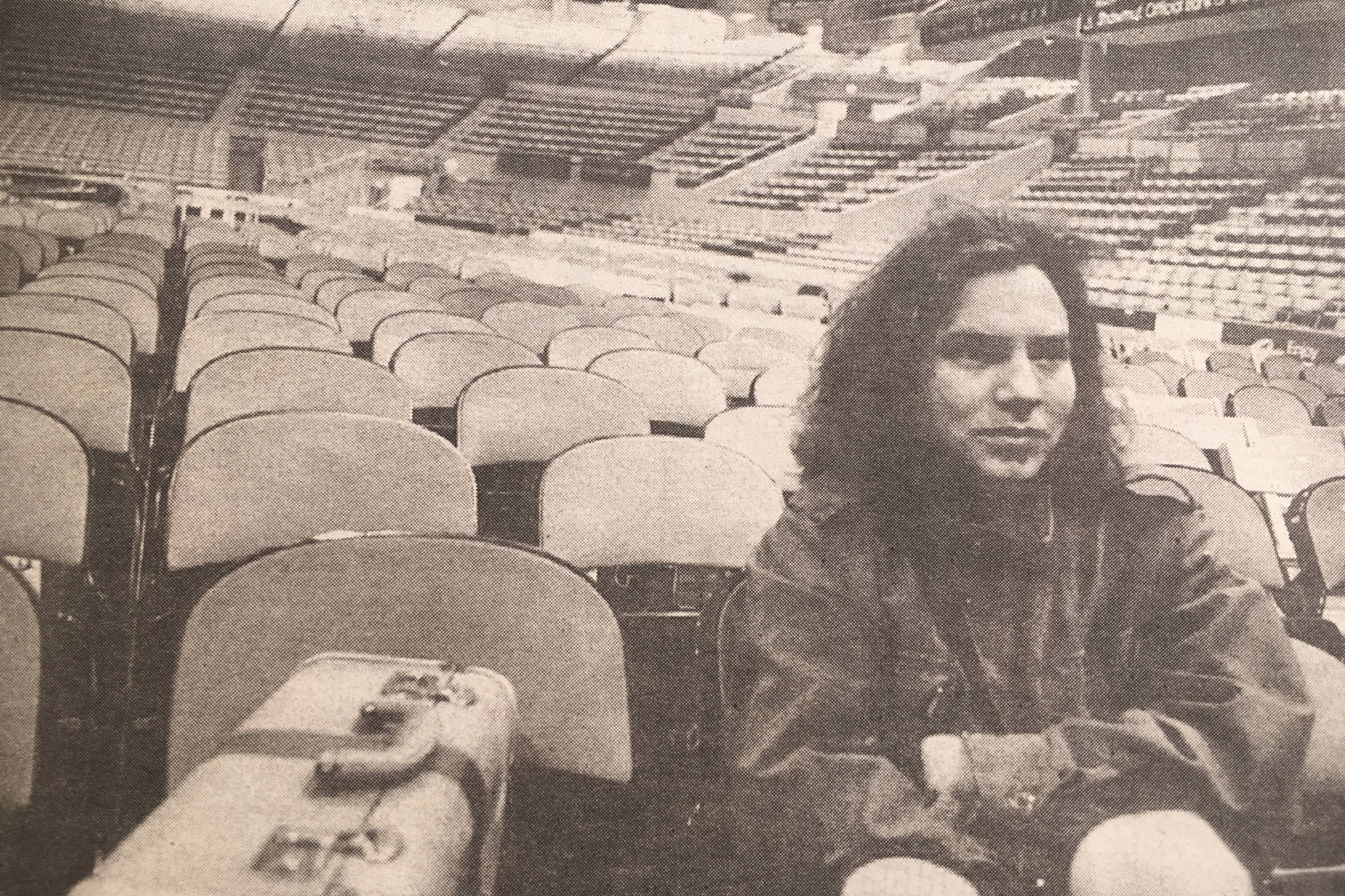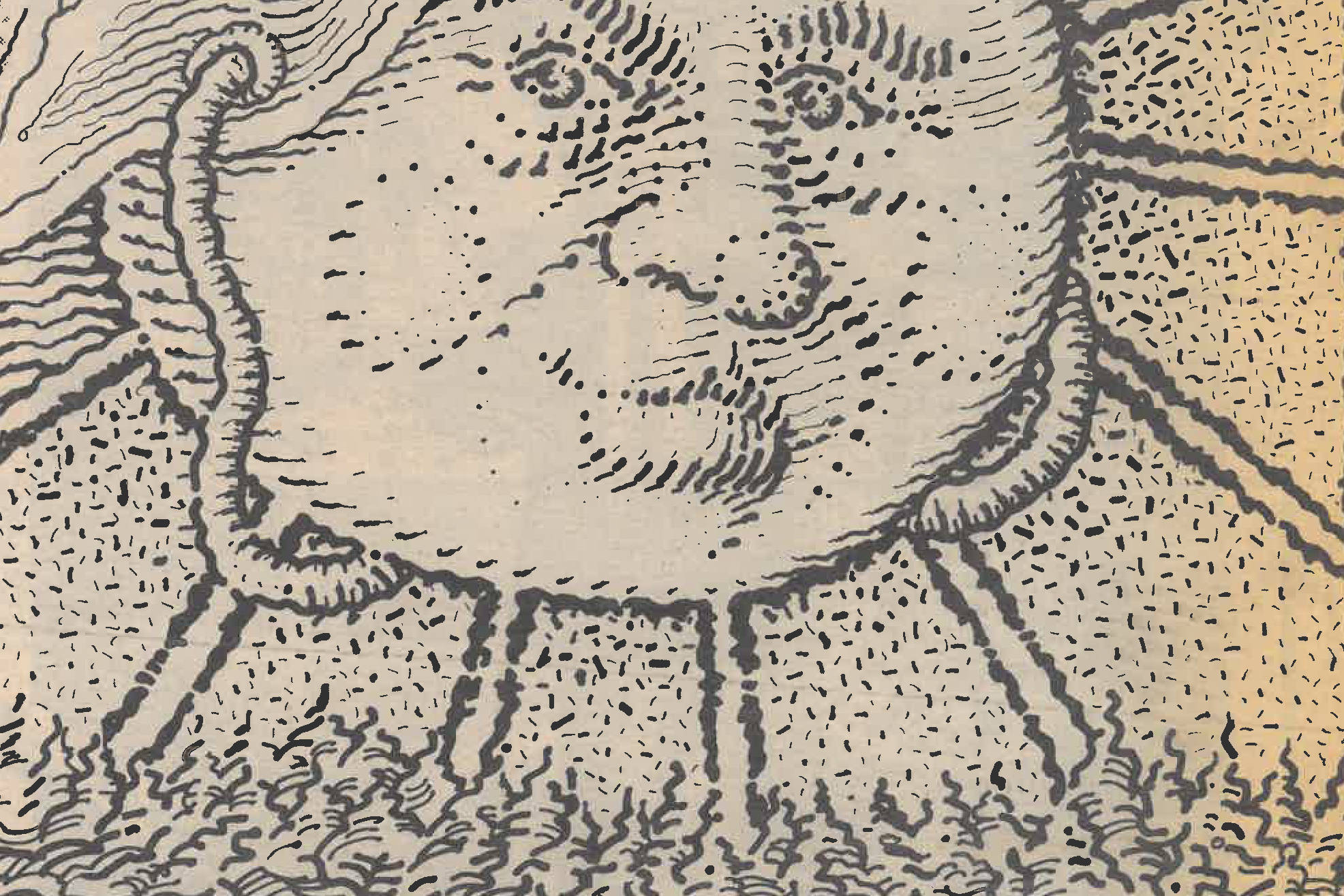One night during the 1994-95 NBA season, David Shields—who was stalking the Seattle SuperSonics that year disguised alternately as a Seattle Weekly sportswriter and a sports fan, depending on the unpredictable whims of the Sonics’ notorious PR department—was listening to a colorful KJR shock jock known as the T-Man. The T-Man was making the aggressively insensitive claim that the Sonics’ announcement that disaffected player Kendall Gill was suffering from “clinical depression” was a PR ploy. “So why am I the idiot?” the T-Man was perorating. “I know why. Because I, unlike every other person in this business, refuse to let any thought in my head be repressed, for the sake of being criticized. All these thoughts have popped into every other Seattle reporter’s head: I’m the only idiot who’s willing to go on the air and tell you that it’s a little too convenient to me for this to come out at this time. . . .” Then Shields writes, “I suppose all this is terribly self-congratulatory on T-Man’s part, but refuse to let any thought in my head be repressed is pretty much the banner under which I fly as well, and his monologue is a strong surge of adrenaline for me.” Indeed, the result of Shields’ refusal—Black Planet: Facing Race During an NBA Season—is a tortured, bold, brilliant, and intimate series of meditations on race, relations between black heroes and white fans, the relationship of sports to the larger culture, and the relationship of the author (who finds himself dealing not particularly well along the way with Seattle’s vaunted and maddening niceness) to all of these things. The book is so replete with telling and disquieting observations and confessions that it is safe to say that there has never been another sports book (or, for that matter, another popular-culture book) quite like it. Shields finds himself enthralled and appalled by things the rest of us take for granted—an advertisement on the side of a bus, a comic routine during a time-out, the gnarled language of Gary Payton—and he gradually is subsumed into his ruminations to a degree that is at times shocking: he finds himself, for example, dreaming about Gary Payton, wishing he was Gary Payton, unable to reach orgasm without envisioning Gary Payton. . . . Anything—a kid’s T-shirt—can send Shields down tremendously tortured meditative paths. Shields’ method is simply to immerse himself in a given cultural milieu and see what happens to his mind. Generally, books of this nature tend to be hopelessly boring, since they rely for their success entirely on the quality of the writer’s mind, and few writers who try this sort of things have imaginations as prodigious as their egos. Shields, though, is that rare writer who tricks himself into thinking that what he is observing is more interesting than his observations—but then he surprises the reader with far more astonishing observations. Of his first visit to the Sonic locker room, for example, he writes, in his book’s first sentence, “My initial impression, as I stand next to the Seattle SuperSonics in the locker room an hour before the first game of the season, is that they’re twelve utterly unconnected buildings: they convey no sense whatsoever that they’re part of a single city.” Anyone who has spent time covering pro basketball can’t help but be struck by the brilliant encapsulation in that single sentence of the psychological nature of an NBA franchise. In the following excerpt—which comes relatively late in the basketball season—Shields touches on nearly all of the themes that run through his book: sex, race, celebrity, Seattle, the clash of subcultures, the mind of the fan, the mind of the sportswriter, and the heart and soul of the NBA player, and coach, and commentator.
More Stories From This Author
Local singer Zan Fiskum advances to final 9 on ‘The Voice’
Maple Valley singer has ties to Kent
By
Steve Hunter • May 6, 2020 4:06 pm
Paradiso Festival is on the rocks following lawsuit
Paradiso Festival, one of the most popular annual EDM events in Washington state, may be in trouble after one of…
By
Aaron Kunkler • February 4, 2020 3:30 pm
They wanted to tell true-crime stories, so they started a podcast
“Scene of the Crime” begins its first season in Renton
By
Haley Ausbun • January 29, 2020 12:50 pm






